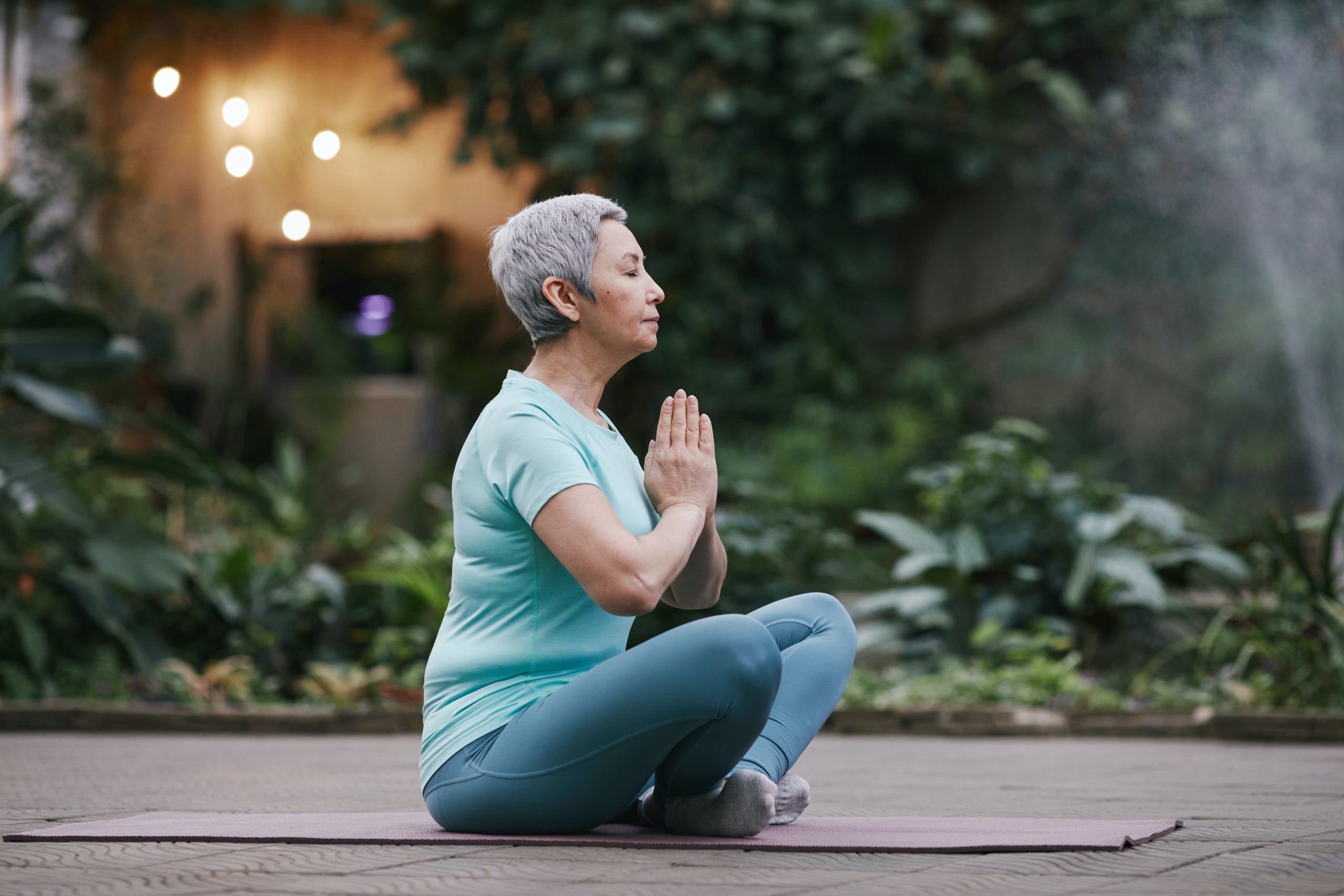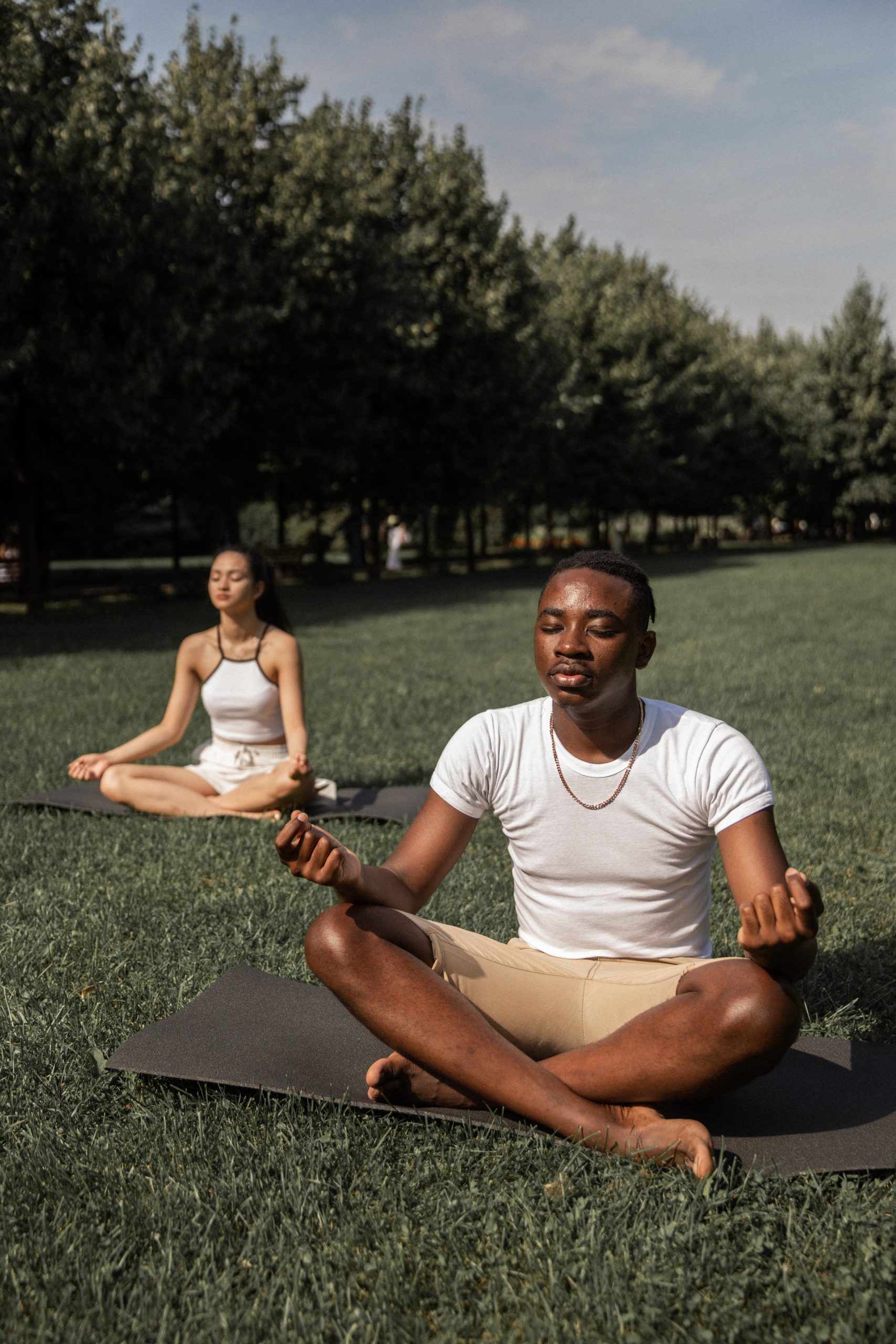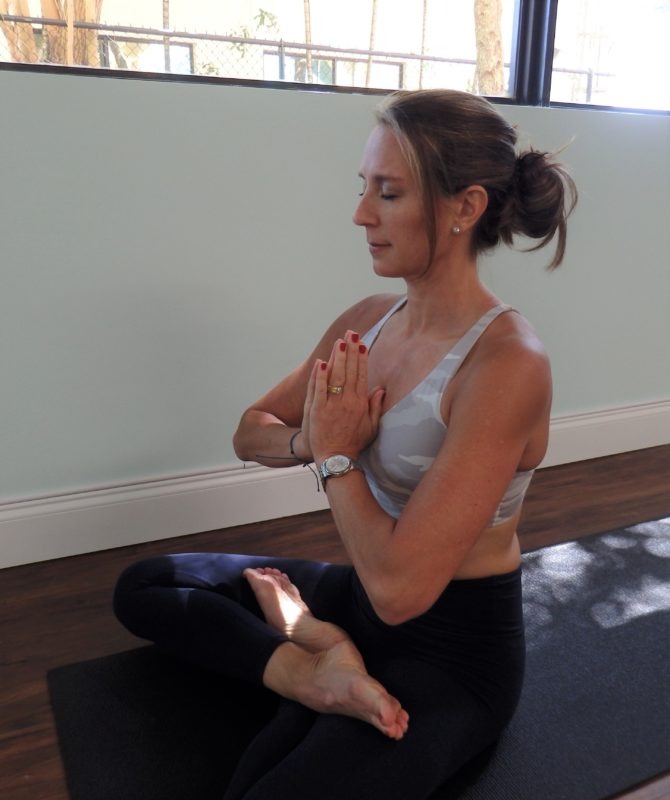Mind/Body
Breathing Techniques to Soothe Frazzled Nerves and Cultivate Clarity
Your breath provides a window into your current energetic state. Shallow, labored breaths, like those you experience during a tough workout, indicate an activated, heated sympathetic nervous system (your fight-flight-freeze response). Deep, slow breaths, on the other hand-the kind you experience when you slip into Savasana or sit in meditation-stimulate the parasympathetic nervous system response and ease you into a cooling “rest and digest” state. If life’s pace has you frazzled, feeling overheated, and sluggish, these pranayama (breathing) practices can function as tonics to invite calm and equilibrium.
Before You Start
Take a moment to check in with yourself. Sit in a comfortable position, close your eyes, and observe, without judgement, how each inhalation and exhalation feels. What physical sensations do you notice? Are there bodily movements occurring? Tune into all your senses to reflect on what is happening both outside of you (your surroundings) and within you. Now start to deepen the volume of your breath, lengthen your breath, and make each one complete. This helps anchor your focus to the present moment so you can receive the full benefits of these breathing techniques.

Box Breathing
A simple and effective place to start if you are just learning different breathing techniques is Box Breathing. Start with a 4-count box by inhaling for four seconds, hold the breath for four seconds, exhale for four seconds, and hold the breath for four seconds. Do this for 4-6 rounds, then sit in observation. Benefits of Box Breathing include balancing the mind and body, regulating your natural rhythm, and improving our response to stress and anxiety. As this practice becomes easier, start to lengthen each side of the box, by adding a second or two, but always keeping the sides even (meaning equal time for inhale, hold, exhale, hold).
4-7-8 Breathing
A technique similar to Box Breathing is 4-7-8 Breathing. This practice will help to elongate your exhale, creating a sense of calm. From a seated or lying down position, inhale for four seconds, hold the breath for seven seconds, and exhale for eight seconds. Complete 4-6 rounds.

Ujjayi Pranayama or Ocean Breath
This form of pranayama helps to keep your mind calm and body warm. You should take a deep breath from both nostrils with a half-closed glottis. Start seated in any meditative pose with closed eyes and spine neutral. Take deep breaths in and out through your mouth. Feel the air passing through your windpipe. Once you are comfortable with your exhales, try to contract the back of your throat (your glottis or soft palate), constricting the passage of air. There will be a soft hissing sound. Once you are comfortable with the exhales, apply the same contraction of the throat while inhaling. When you can contract your throat on both inhale and exhale, close the mouth and start breathing through the nose. When you are breathing, the air should fill your lungs to the fullest. Start with 5 minutes then increase your time.
Nadi Shodhana Pranayama or Alternate Nostril Breathing
This breath technique is done to balance your energy, invite calm and boost your alertness. From a seated position, curl your right ring and pinky fingers into your palm. Join your middle and index fingers and point your thumb upright. Rest your left hand on your thigh. Gently press the extended two fingers to your third eye, and use the ring and pinky fingers to seal off the left nostril as you inhale for four counts through the right. Close your right nostril by pressing down with your thumb, releasing the left nostril as you exhale out of it for four counts. Inhale through the left nostril for four counts. Close the left nostril, open the right, and breathe out of it for four counts. Start with ten rounds and increase as you improve.

